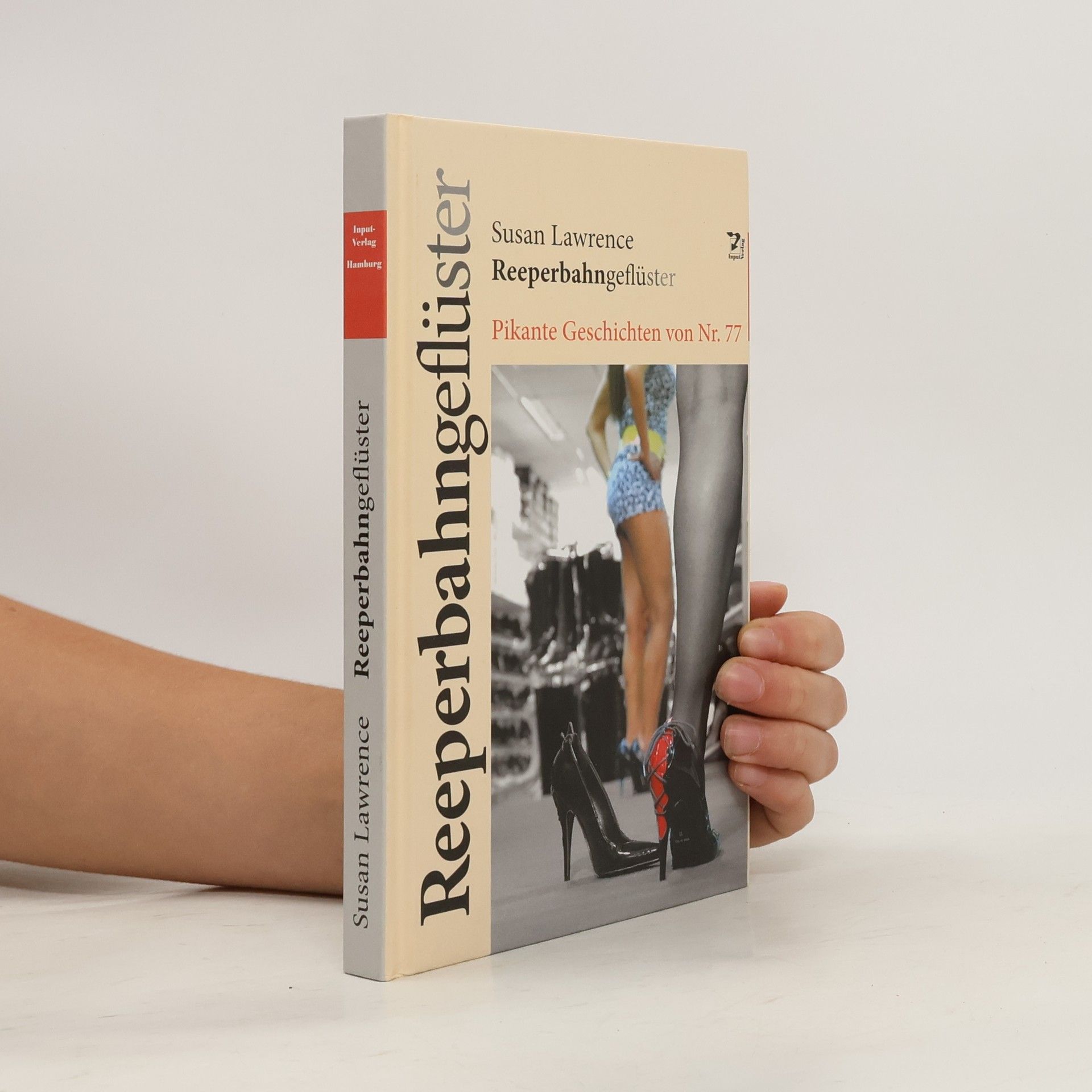Susan Lawrence kennt die kleinen und großen Geheimnisse der Reeperbahn, zu ihr kommen sie alle: Die Liebesdamen und ihre Freier, die Menschen von St. Pauli und die vielen Hamburg-Touristen. Und die Promis! Denn sie hat die schärfsten Schuhe der Stadt. Susan Lawrence ist Inhaberin von Schuh Messmer, Reeperbahn 77. Im Buch finden sich neben ihren 21 Geschichten auch 51 künstlerische Fotos von Ralf Plenz, die etwas vom Ambiente der „sündigen Meile“ einfangen.
Susan Lawrence Book order
Susan Lawrence is a professor of archaeology who has dedicated thirty years to studying goldfields. Her work delves into the unique character of these landscapes and the human endeavors within them. Through her research, she offers profound insights into human history and its lasting impact on the land.

